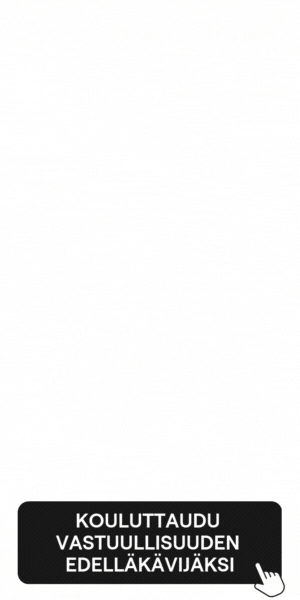In a cookies-less world, data collection strategies are the way forward.
The digital and online marketing world has always been a fast-paced and constantly changing environment, but in the next few months it will be entering uncharted territory, with the landscape changing forever.
Google has announced that from 2022 they will no longer be supporting third-party cookies. To those unfamiliar with the topic, this might not seem like such a big deal, surely other cookies can be used? But for those in the business, this is a seismic shift. Brands have been relying on third-party cookies for years to track users, collect data, and target and segment their online advertising.
Confused, and possibly hungry, with all this talk of cookies? Here’s a quick refresh of how the cookies crumble :
- What’s a cookie? It’s a delicious, buttery biscuit, usually containing … no sorry, wrong article!
A cookie is a small piece of code that is stored in a user’s browser when they visit a website. It enables websites to collect data and track preferences. - A first-party cookie is stored directly by the website that the user is visiting and enables the browser to remember user preferences, like logins and language.
- A third-party cookie is created by websites other than the one the user is visiting, and is used by advertisers and social media sites for tracking, retargeting and online advertising purposes.
The shift in how cookies will be used from 2022 has emerged in the past few years because consumers are increasingly aware of where their data is being stored and how it’s being used. Using third-party cookies to track users across the web, without being transparent or having explicit consent, is no longer a viable solution.
So what’s next? In a world where brands can no longer rely on third-party data to segment and target their advertising, where do we go from here? Creativity and better use of data are the way forward – huge amounts of data aren’t needed, the key is how it is used. Qualifio’s co-CEO, Olivier Simonis, has said that brands should “Stop relying on complex, non-transparent AdTech ecosystems and be creative. Context and content are kings.” Moving forward, it will be all about asking the user for their information, rather than inferring it from their online behaviour. Cookies aren’t disappearing completely, instead data collection strategies, or how companies collect and use their zero-party and first-party data, will be taking over. Zero-party data is the information that the user intentionally and proactively shares with a company. It’s not inferred from how the user behaves on a website but explicitly given by the user. Learning how to get the best out of these 2 types of data and putting coherent and innovative data strategies in place will be key to optimizing brands’ online presence.
Google’s decision to no longer support third-party data should be seen as an opportunity to think outside the box about how data is collected and used. Brands need to open up the conversation with their customers; by using their data differently, they can strengthen their relationship with their customers, enhance their user experience and engagement, and gain a better understanding of their audience.
Qualifio offers what you need to harness the power of your data, their engagement and data collection platform can help you to navigate the complex world of online cookie jars and find the right data collection strategy for your brand.
Download Qualifio’s e-book “In a cookie-less world, why are data collection strategies essential for brands?” to read the full story. You’ll read what major players in the field have to say about the topic and discover some of Qualifio’s most exciting and innovative use cases.
Download the e-book
Uutiskirjeen tilaajana saat markkinoinnin ja viestinnän uutiset sekä uusimman MRKTNG-lehden ensimmäisten joukossa. Saat myös viikottain koulutuksistamme kerättyjä vinkkejä käyttöösi sekä tietoa järjestämistämme koulutuksista.

